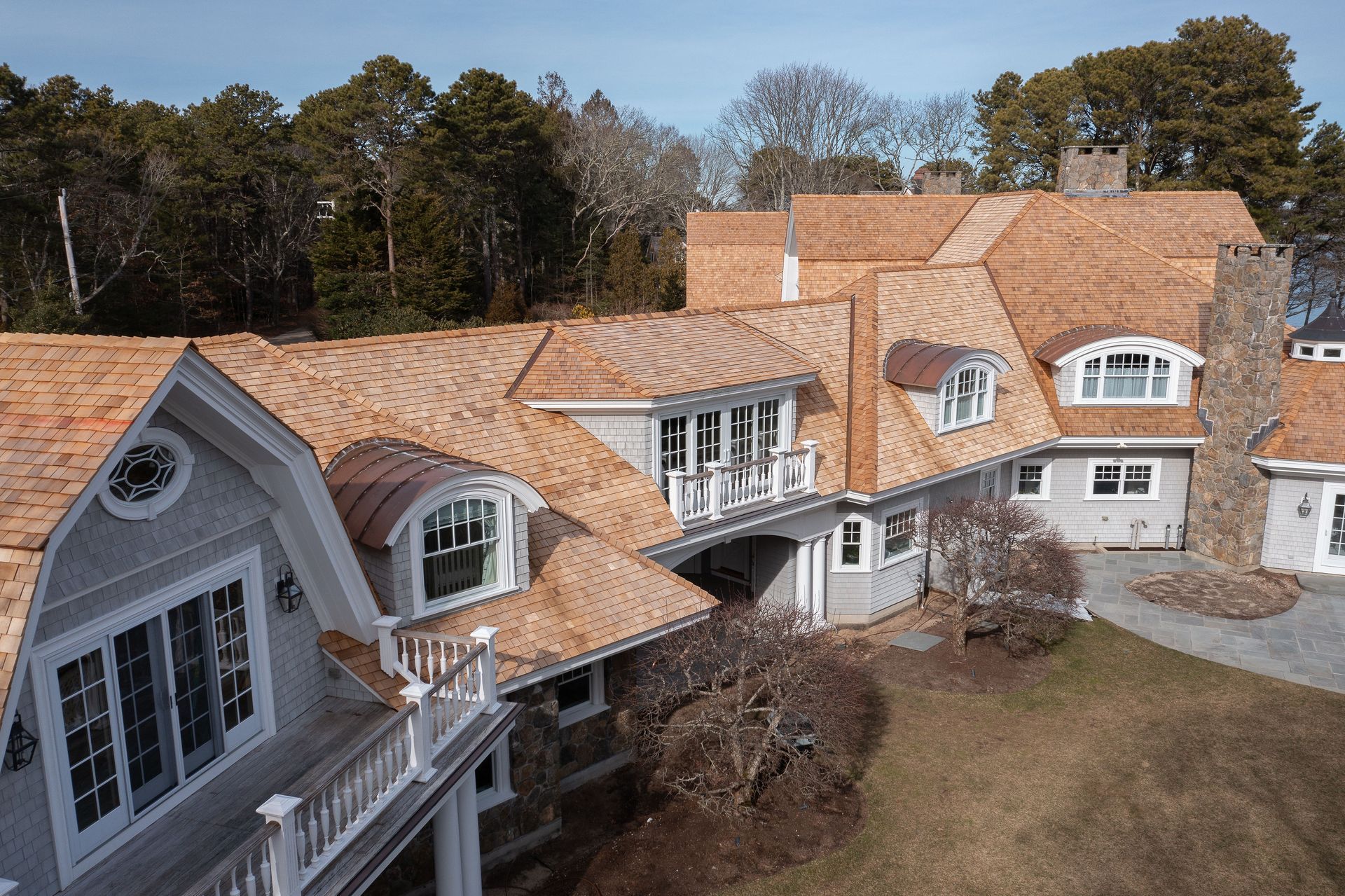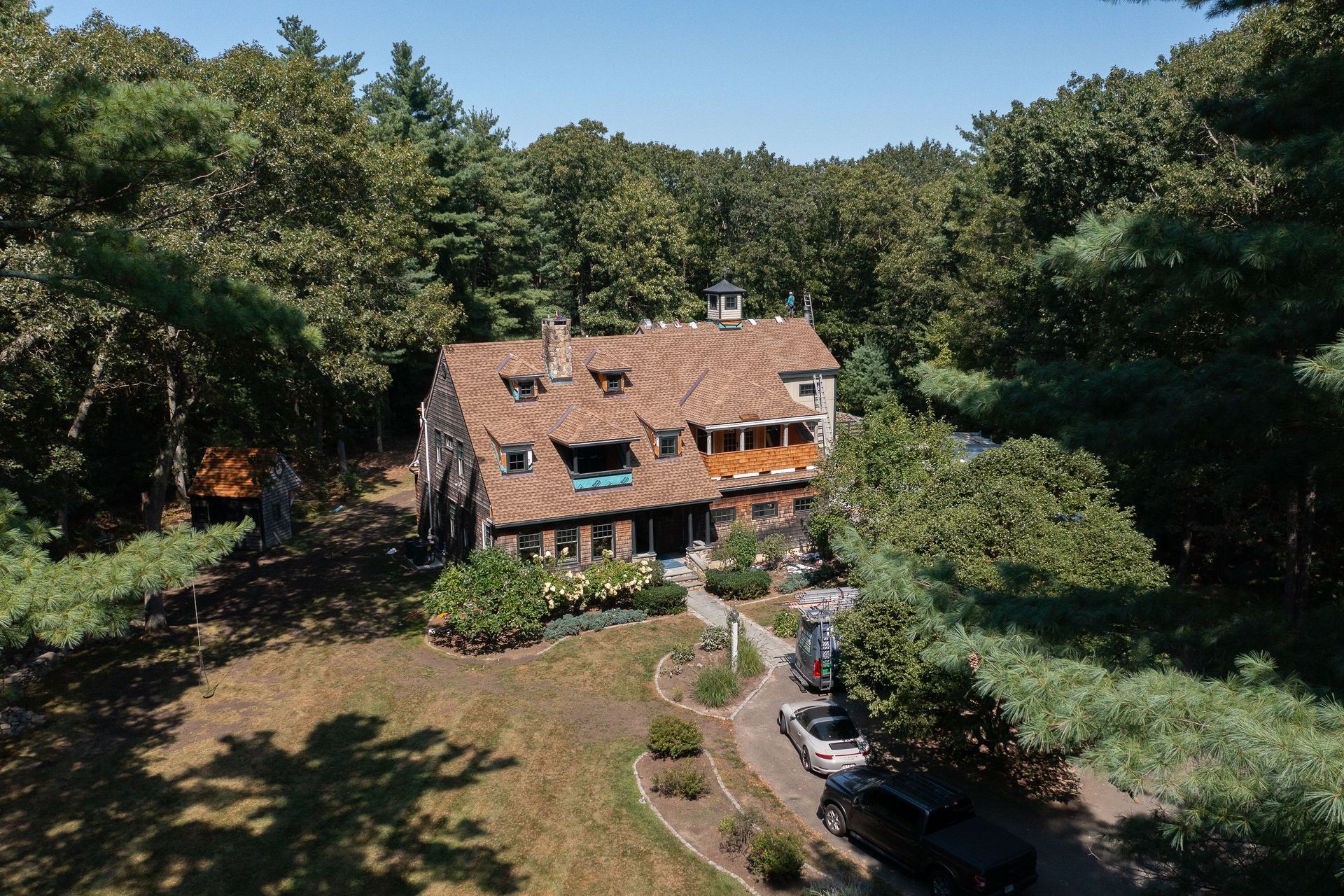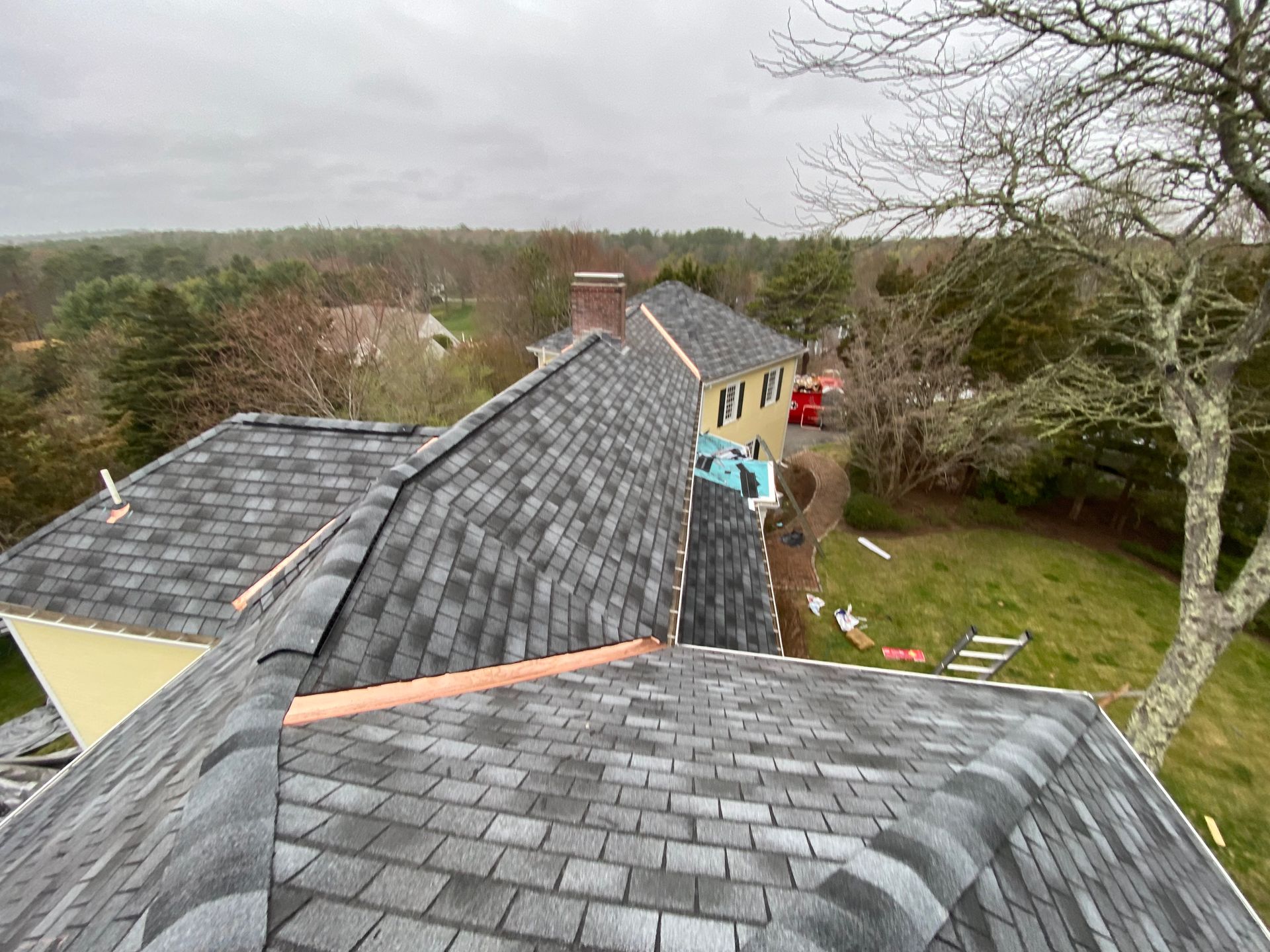Navigating Your Options: Flat Roof vs Pitched Roof
When it comes to building or renovating a home, one of the most crucial decisions you have to make is the type of roof you'll install. The roof not only significantly affects the overall aesthetics of your house, but it also plays a pivotal role in maintaining its structural integrity. Deciding between a flat roof and a pitched roof requires careful consideration of several factors. While both styles have their unique advantages and potential drawbacks, your final choice will depend on your specific needs, budget, and the architectural design of your home.
Flat roofs, as the name suggests, are almost entirely flat with a very slight pitch to allow for water drainage. They are commonly used in commercial buildings, but they have gained popularity in residential structures due to their modern, minimalist appeal. On the other hand, pitched roofs, characterized by their sloping sides, are the traditional choice for residential buildings. They are highly versatile and can be designed in various styles, ranging from simple single slopes to intricate, multi-faceted designs.
Choosing the right type of roof is of the utmost importance. Your roof serves as your home's first line of defense against weather elements. It protects your home from wind, rain, snow, and heat, helping to maintain a comfortable indoor environment. Additionally, the roof type can significantly impact your home's energy efficiency. For instance, a well-insulated pitched roof can help reduce heat loss in winter and keep your home cooler in summer, leading to lower energy bills. Similarly, if installed and insulated properly, a flat roof can also provide excellent thermal performance. Your choice of roof can also influence maintenance requirements and costs. Flat roofs may require more frequent maintenance and repairs due to their susceptibility to water pooling and leaks. In contrast, pitched roofs typically have longer lifespans and require less maintenance. However, they can be more expensive to install due to their complex design and construction.
In conclusion, the decision between a flat roof and a pitched roof comes down to various factors, including your architectural preference, budget, climate, and maintenance willingness. By understanding the key differences and implications of both options, you can make an informed decision that best suits your needs and enhances your home's value and appeal.
Understanding Flat Roofs
Definition and Characteristics of Flat Roofs
A flat roof is essentially a roof that is almost level, with a slope or pitch ranging from 1° to 5°, just enough to allow water run-off. Unlike sloped roofs, flat roofs have a minimalist and contemporary appeal, making them a popular choice in modern architecture.
Advantages of Flat Roofs
Flat roofs offer numerous benefits, including a simple design that allows for quicker and more cost-effective construction. They provide additional outdoor living space, accommodating features such as HVAC units, solar panels, or rooftop gardens and patios. Additionally, flat roofs enhance the modern aesthetic of a building, complementing contemporary architectural designs.
Challenges of Flat Roofs
Despite their advantages, flat roofs come with challenges. The low pitch can lead to pooling water and leaks, requiring more maintenance. They are also more susceptible to damage from heavy snow and strong winds. Regular monitoring and maintenance are essential to prevent these issues.
Materials for Flat Roofs
A variety of materials are available for flat roofs, including built-up roofing, modified bitumen, and single-ply membranes such as EPDM, TPO, and PVC. Each material offers specific benefits in terms of durability, energy efficiency, and cost. Built-up roofing is known for its longevity, while single-ply membranes excel in energy efficiency.
Maintenance and Durability
Flat roofs generally require more upkeep than pitched roofs. Regular cleaning and inspections are necessary to address potential leaks and pooling water. When properly maintained, flat roofs can last anywhere from 10 to 50 years, depending on the materials used.
Understanding Pitched Roofs
Definition and Characteristics of Pitched Roofs
A pitched roof is defined as a roof with a slope greater than 10 degrees. Its triangular structure varies in steepness based on architectural design and climatic considerations, making it the most common roof type in residential settings.
Advantages of Pitched Roofs
Pitched roofs excel in drainage, with their sloped design naturally directing rain and snow away from the surface. They also provide additional attic space, which can be used for storage or converted into living quarters. The traditional aesthetic of pitched roofs enhances curb appeal and can increase property value.
Challenges of Pitched Roofs
Pitched roofs are generally more expensive to install due to their complex structure and higher material requirements. Maintenance tasks, such as gutter cleaning or shingle replacement, can also be more challenging due to the steep slope.
Materials for Pitched Roofs
Common materials for pitched roofs include asphalt shingles, wood, metal, and tile. Each material offers a unique balance of cost, durability, and aesthetic appeal. Choosing the right material depends on factors like budget, climate, and personal preference.
Maintenance and Longevity
Regular inspections and timely repairs are key to the longevity of pitched roofs, which can last anywhere from 15 to 100 years based on the materials used. While the upfront cost and maintenance effort may be higher, the roof's durability and added value often justify the investment.
Flat Roof vs Pitched Roof: Factors to Consider
Climate and Weather Conditions
The climate in your area plays a significant role in choosing a roof type. Pitched roofs perform well in areas with heavy rainfall or snow due to their superior drainage capabilities, while flat roofs are better suited for dry climates and urban settings, offering additional outdoor space.
Budget Considerations
Flat roofs are typically more cost-effective to install due to their simple design, but they may require more frequent maintenance and replacement. Pitched roofs, while more expensive upfront, often offer greater longevity and long-term value.
Architectural Style
The design of your building influences roof choice. Flat roofs complement modern and minimalist designs, while pitched roofs enhance traditional homes, improving curb appeal and potentially increasing property value.
Purpose of the Roof
The intended use of your roof is another key factor. Flat roofs are ideal for additional functional spaces, such as rooftop gardens or solar panel installations. However, advancements in technology also make it possible to install solar panels on pitched roofs.
Local Building Codes and Regulations
Building codes and regulations may restrict roof types based on historical, aesthetic, or climate-related reasons. It’s essential to review local guidelines to ensure compliance and make an informed decision.
Both flat and pitched roofs offer unique advantages and disadvantages. Your choice should depend on factors such as climate, budget, architectural style, intended roof use, and local regulations. With careful consideration, either option can effectively meet your needs and enhance your property.
Case Studies
When we delve into the realm of case studies, it becomes evident how the choice of roof shapes can significantly impact the performance of a building. Let's begin by considering examples of buildings with flat roofs. One notable example is the Farnsworth House by Mies van der Rohe, located in Plano, Illinois. This architectural masterpiece is famous for its flat roof, which complements the structure's minimalist, modern aesthetic. While the flat roof contributes significantly to the overall design, it also serves a functional purpose. The house is in a region known for its temperate climate with moderate rainfall, making the flat roof a suitable choice. However, it's worth noting that the Farnsworth House has undergone several preservation interventions over the years, underscoring the maintenance needs that often come with flat roofs.
Shifting our focus to pitched roofs, the Half-Timbered Houses in Germany stand as a perfect example. These houses, dating back to the medieval period, feature steep-pitched roofs designed to withstand heavy snowfalls typical of the German climate. The high pitch allows snow to slide off rather than accumulate, reducing the risk of structural damage. The roofs also give the buildings a distinctive aesthetic that has stood the test of time. Despite their higher initial cost, the pitched roofs of these houses have proven their worth by providing durability and longevity with minimal maintenance needs over centuries.
In both instances, the choice of roof type was influenced by a combination of climate, architectural style, and functional requirements. It's important to note that neither flat nor pitched roofs are universally superior; instead, their suitability depends on specific circumstances. It is crucial to thoroughly evaluate these factors before making a decision.
Conclusion
In conclusion, the choice between a flat roof and a pitched roof is not merely a matter of aesthetics or architectural style. As illustrated by the Farnsworth House and the Half-Timbered Houses in Germany, the type of roof selected can significantly impact the building's performance, maintenance needs, and longevity. The flat roof of the Farnsworth House, while embodying modern design, requires regular upkeep, especially in temperate climates. On the other hand, the steeply pitched roofs of the Half-Timbered Houses, although more expensive initially, have demonstrated enduring resistance to heavy snowfall, requiring less frequent maintenance.
This examination of flat and pitched roofs underscores the importance of understanding the implications of your roofing choice. It's not a decision to be taken lightly, as it can influence not only the appearance of your home but also its structural integrity and the comfort of its inhabitants. Before finalizing your decision, it is vitally important to consult with a roofing professional. Their knowledge and experience can guide you through the many factors that need to be considered, such as the local climate, the architectural style of your house, and your functional requirements. A professional can provide valuable advice on the best
roofing solution for you, taking into account both the short-term costs and the long-term maintenance needs.
In the end, the decision between a flat roof and a pitched roof should be a well-informed one, based on a comprehensive evaluation of all the relevant factors. This will ensure that your roof not only complements the aesthetics of your home but also enhances its functionality and durability.
Name, Address, and Phone
All Seasons Roofing
21 Summer Hill Rd, Medway, Massachusetts, 02053, US
508-233-4333
.





Share On: